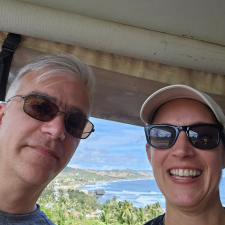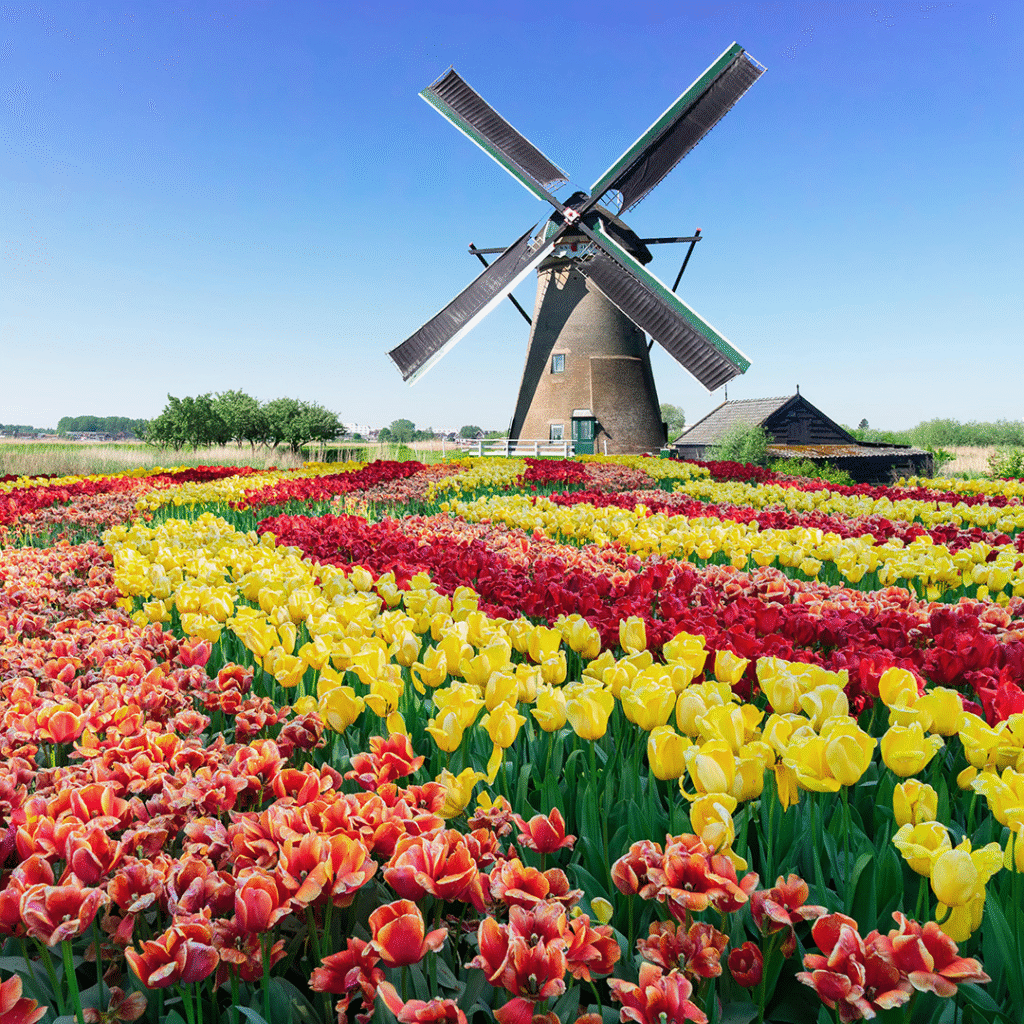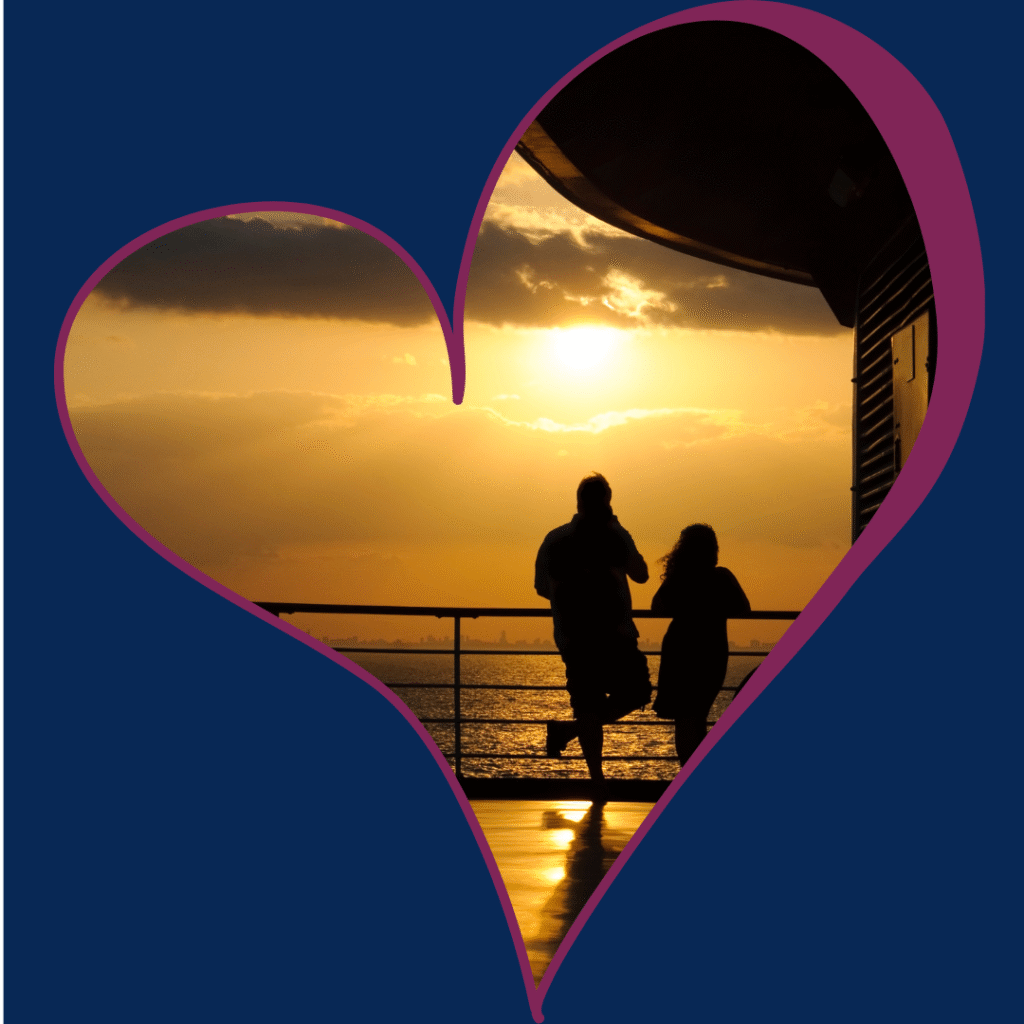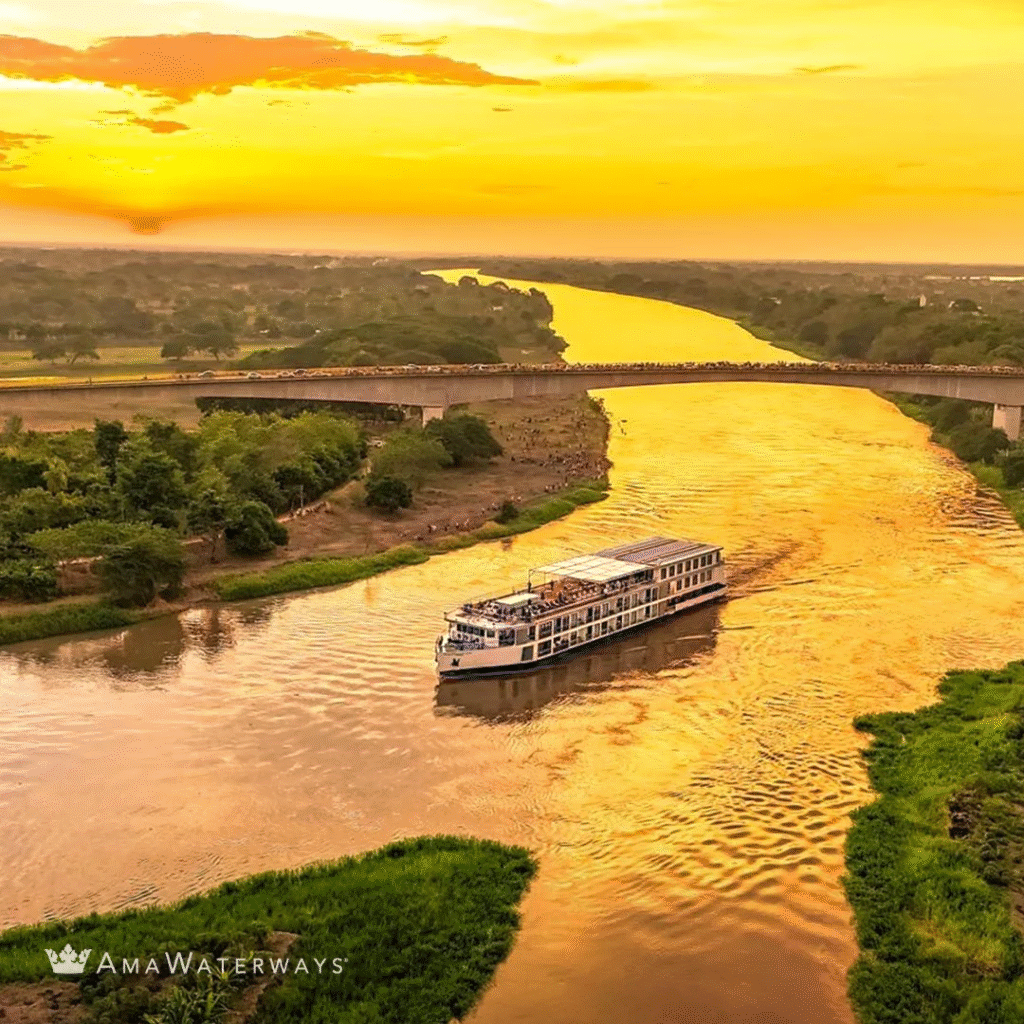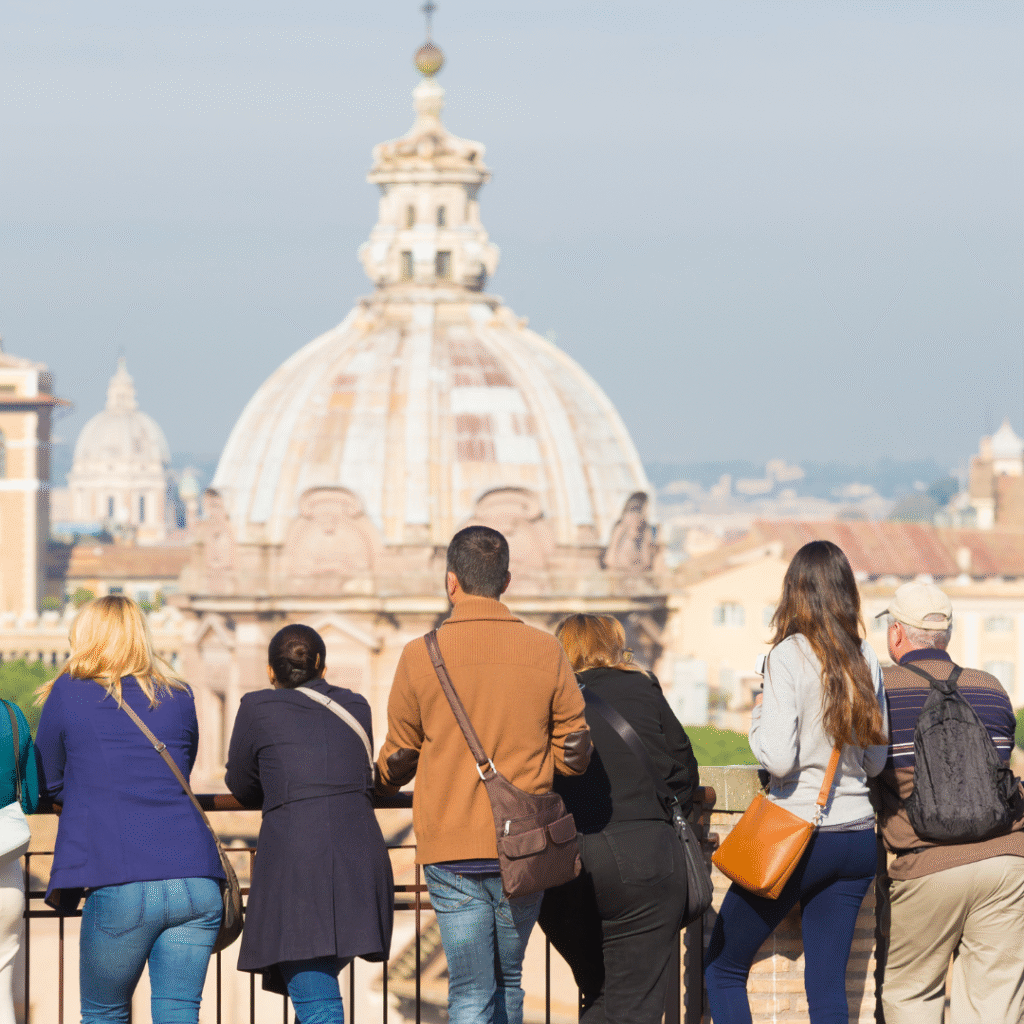Mekong River Cruise Tips
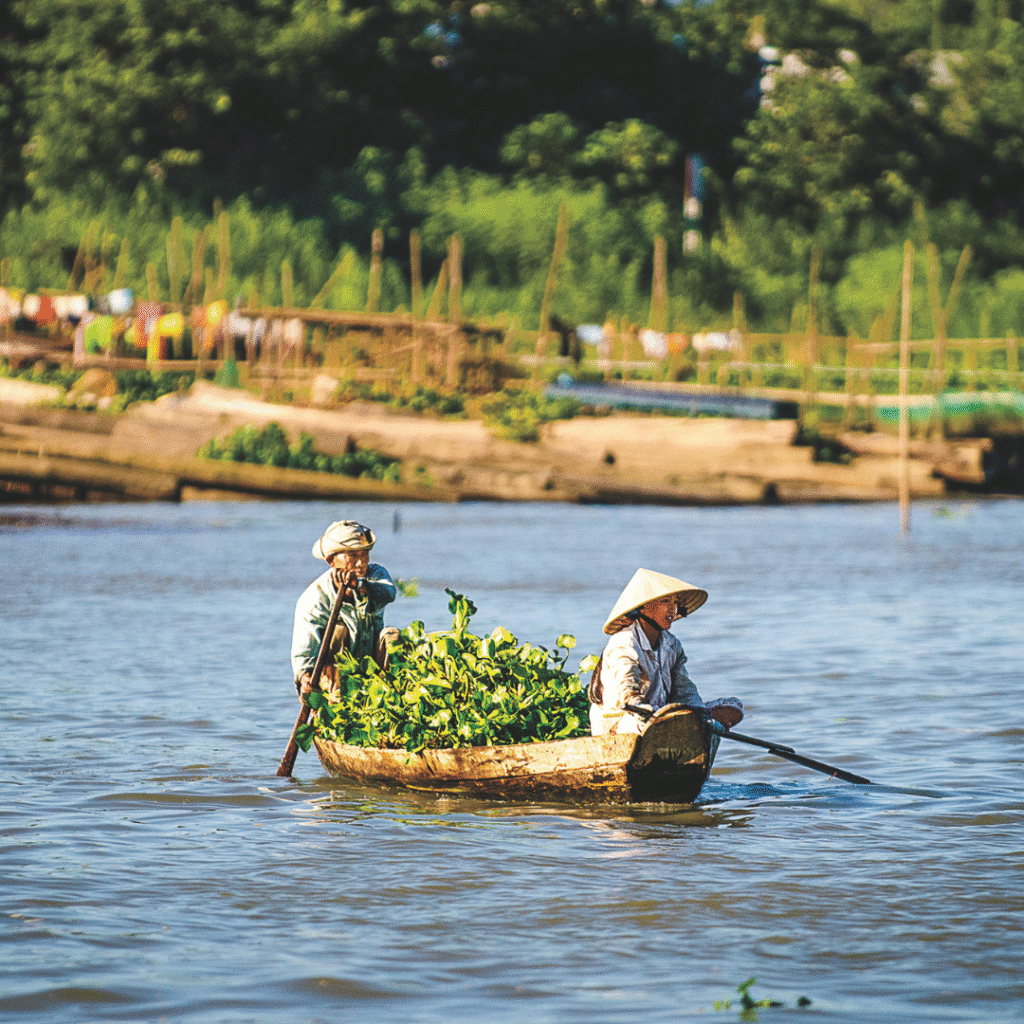
What to Know Before You Go
A river cruise through Vietnam and Cambodia offers something most larger cruises can’t: immersion. On the Mekong, you’re not just seeing a place, you’re stepping into a world of floating villages, ancient temples, and everyday life lived along the water’s edge.
If you’re used to European itineraries or ocean sailings, Southeast Asia may feel like a leap. But make no mistake, it’s an extraordinary one. These cruises offer a thoughtful mix of comfort, cultural depth, and meaningful experiences. Here’s what you need to know before setting sail.
Best Time to Cruise the Mekong
The Mekong offers year-round sailings, but seasonal differences can shape your experience. Here’s a straightforward breakdown:
Wet Season (May to October):
- Expect brief, dramatic rain showers—typically 30 to 60 minutes, not all-day storms
- Higher water levels mean smoother cruising, especially across Tonle Sap Lake
- Fewer crowds at major sights
Dry Season (November to April):
- More predictable weather and lower humidity
- Lower water levels can require short flights or bus transfers
- Ideal for those who prefer fewer weather-related surprises
Both seasons offer pros and cons, it just depends on your comfort level and preferences. While the dry season feels more relaxed, the lush green scenery during the wet season is something special.
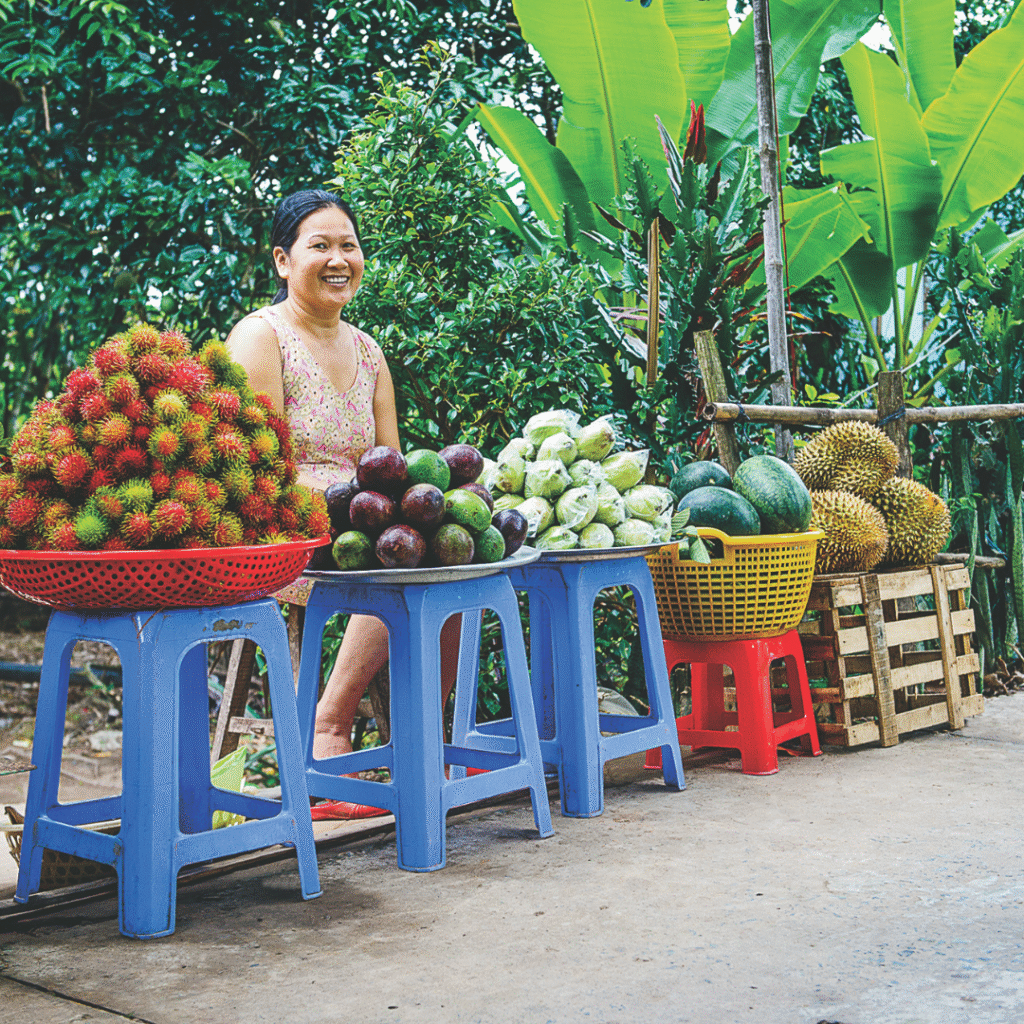
Want to learn more?
I’d love to keep you in the loop with travel tips, updates in the world of small-ship cruising, and first-look access to my upcoming hosted journeys. My newsletter comes straight to your inbox – quick, helpful, and easy to read.
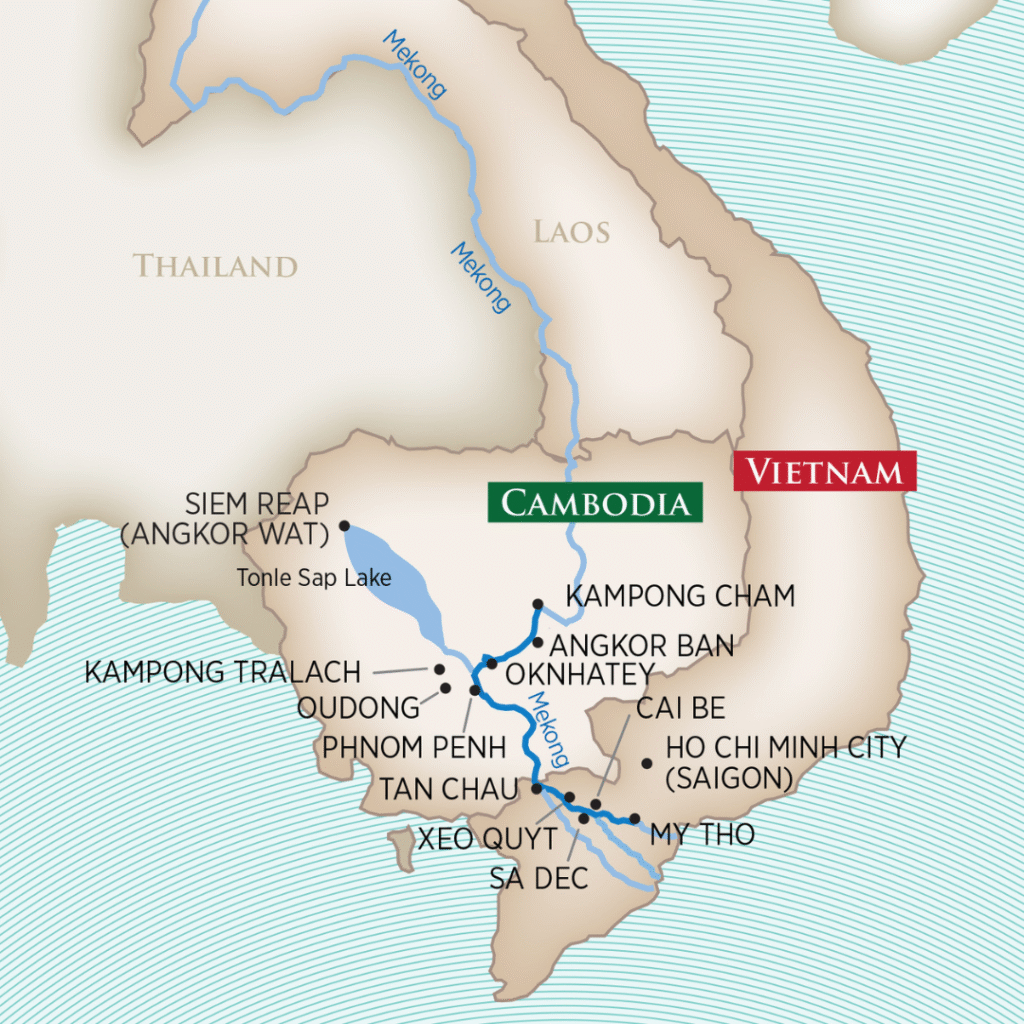
What the Cruise Itineraries Actually Look Like
Most Mekong River cruises last 7–12 nights, often with optional land extensions. The sailing portion typically runs between:
- Ho Chi Minh City (Saigon) and Phnom Penh
- Ho Chi Minh City and Siem Reap
- Occasionally, Kampong Cham or Hanoi is added to the itinerary
A quick note: Ho Chi Minh City isn’t technically on the Mekong. You’ll usually board or disembark a short distance away. Similarly, Siem Reap isn’t always reachable by water due to fluctuating lake levels, so a bus ride or domestic flight may be part of your journey.
These logistics are generally seamless, well-planned and included in your fare, but they’re good to know in advance if you’re picturing a straight shot up or down the river.
What You’ll See and Do Along the Way
Here are some of the main cities and smaller stops you might experience on a Mekong cruise:
Ho Chi Minh City (Saigon), Vietnam
Bustling, bold, and full of energy. This city offers excellent food, intriguing wartime history, and a blend of French colonial charm and modern skyscrapers. A visit to the Cu Chi Tunnels or War Remnants Museum adds powerful context.
Phnom Penh, Cambodia
The Royal Palace and Silver Pagoda are highlights, but so are the more somber visits to the Killing Fields and S-21 Museum. It’s a city of both reflection and resilience.
Siem Reap, Cambodia
Gateway to the iconic Angkor Wat, Siem Reap balances sacred history with a thriving modern scene. The night markets, cafes, and boutique hotels offer a nice contrast to temple touring.
Hanoi, Vietnam (if included in your itinerary)
A sensory overload in the best way. Hanoi’s Old Quarter is a maze of narrow streets, local eats, and strong coffee. Many cruises include it as part of a pre- or post-tour option.
Kampong Cham and Small Villages
This is where the Mekong shines. You’ll explore villages still largely untouched by mass tourism, meeting silk weavers, visiting schools, or watching monks at morning prayer. These moments tend to be the ones travelers remember most.
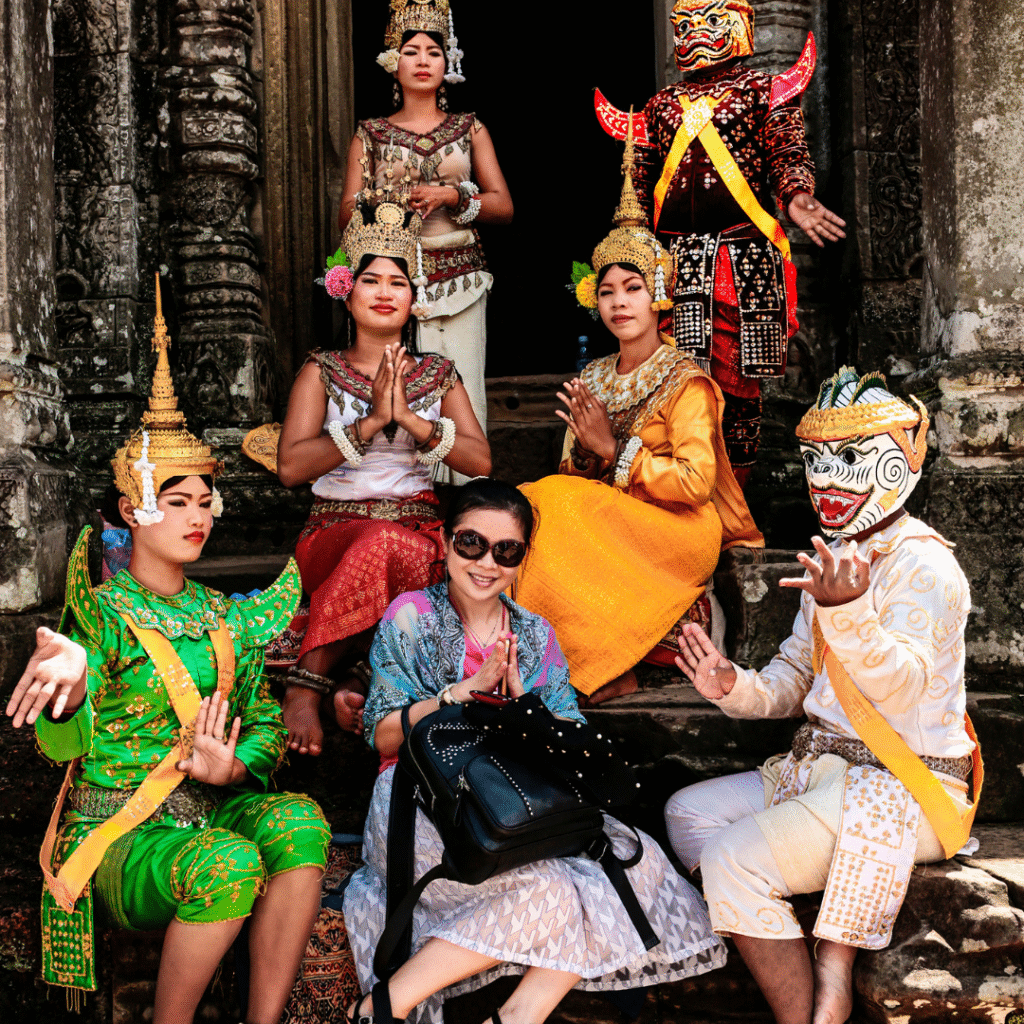
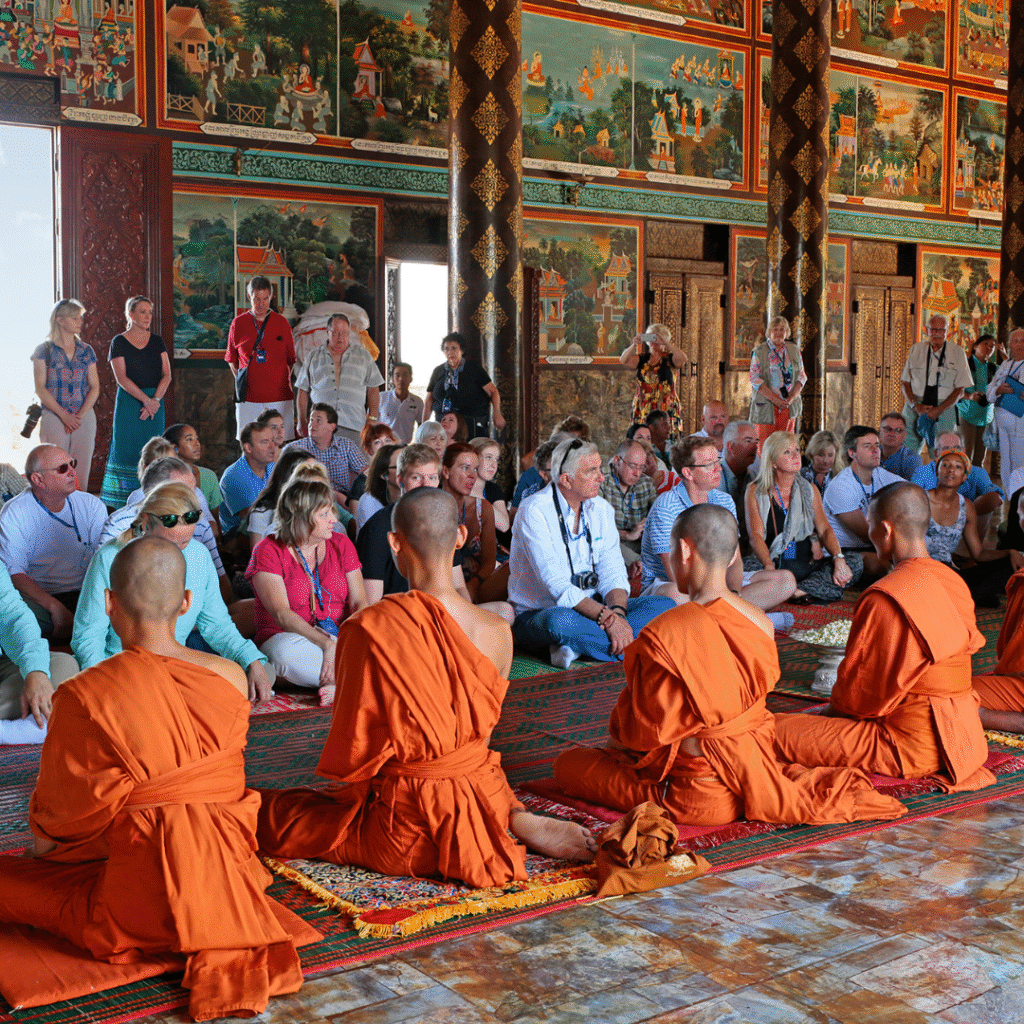
What to Pack and Prepare For
A few practical tips can make your trip more comfortable:
Clothing and Gear
- Lightweight, breathable fabrics
- Modest attire for temple visits (shoulders and knees covered)
- A wide-brim hat, comfortable walking shoes, and a light rain jacket
- A scarf or shawl for impromptu temple stops or air-conditioned buses
Health and Safety
- Consult your travel clinic about recommended vaccines (typically Hep A/B, typhoid, and tetanus)
- Bring insect repellent and sunscreen
- Over-the-counter stomach medications can be helpful when adjusting to new cuisine
Cultural Courtesy
- Remove shoes and hats in temples
- Don’t point your feet at monks or religious artifacts
- Learn a few basic phrases in Khmer or Vietnamese, locals appreciate the effort, even if they speak English
Mobility Considerations
- This isn’t a “photo-from-the-bus-window” type of trip
- Expect stairs, uneven paths, and warm weather
- If mobility is a concern, it’s worth reviewing the itinerary in detail before choosing a sailing
Choosing the Right Cruise Line
Several premium and luxury cruise lines operate on the Mekong, each with its own style. Some offer a more traditional, culturally immersive experience; others lean into wellness, spa services, or fine dining.
If you’ve cruised before, you likely know what type of onboard experience suits you best. But Southeast Asia is different in pace, infrastructure, and environment, so choosing the right cruise partner is more important than ever.

Final Thoughts
Mekong River cruising offers something uniquely rewarding: the chance to explore a rich, resilient region in a thoughtful, comfortable way. It’s not quite luxury in the European sense, it’s more grounded, more intimate, but deeply memorable.
If you’re curious whether this kind of trip fits your travel style, I’m happy to help you sort through options. As a travel advisor, I can help you navigate the nuances, from water levels to visa requirements, to make sure your experience is smooth from start to finish.
Let’s find the right itinerary for you.
DMG Travel Escapes LLC
Dawn Garvey
Travel Advisor
Dawn@DMGTravelEscapes.com
